Uchitsu is tucked away in a quiet street in Minato-ku. It has just eight counter seats with a striking forest garden backdrop behind the chefs. You are sitting in central Tokyo yet it seems as if you are eating in a remote woodland due to the clever design of the room. The restaurant opened in 2008, entered the Michelin guide with a star in 2010 and was promoted to two stars in 2014.
The tempura had three condiments offered with it: lime, salt from Kyushu and a further salt made by chef Takahisa Uchitsu. The first plate comprised tempura of prawn legs, deep fried Camembert, fish roe and wasabi leaf. This was certainly an unusual combination yet it was effective. The wasabi leaves gave a subtle bite to contrast the richness of the cheese and the ocean flavour contrast of the fish eggs and shrimp. Prawn tempura was lovely, the batter as delicate as you could wish, the prawn fresh and sweet. This was followed by broad beans that had excellent flavour, much better than I had tasted at another two star restaurant earlier the same week. Next were very small ayu, less bitter tasting than usual, followed by baby corn. Tiny shrimp were gorgeous: sweet and delicate.
There was now a break in the tempura sequence with a sashimi course. Chu toro tuna was very good, along with perilla leaf and a fish resembling sea bream but which had no apparent English name. The chef actually showed us a picture of the fish in a Japanese book but it had no translation; Tsukiji market sells 700 different species of fish so this difficulty of finding English names for fish served here is not unusual. The fish had been grilled over charcoal and had a pleasing hint of smokiness.
The tempura sequence resumed with mantis shrimp that was pregnant with its roe, the flavour superb. This was followed by mild Japanese green chilli pepper from Kyoto, which had superb flavour and a pleasing but subtle bite. Scallop tempura had lovely inherent sweetness, followed by superb asparagus tempura, the vegetable of a quality that would rival that in a top Paris restaurant. Next was tender abalone served with a sauce of its own liver, which gave a deeply flavoured contrast to the shellfish.
Another break in the tempura sequence was provided by some raw vegetables. White asparagus was impressive, and raw aubergine was surprisingly sweet, but the star was a cherry tomato with stunning depth of flavour. Only in the Amalfi coast have I encountered similar quality tomato. The tempura resumed with a pair of anago (sea eel) pieces, one on its own with yuzu and the other with finely diced chives. Next was the dish of the night, dazzling quality red snapper tempura that was perfectly cooked and had remarkable flavour. This was a magnificent piece of fish cookery. Finally the traditional kakkiage (fritter) was made with scallops instead of vegetables, and was a delight, served on rice or soba noodles as the diner preferred. To finish there was a simple but refreshing desert of salt milk ice cream.
The bill came to ¥49,000 for two with an imprudent amount of beer and sake to drink, which works out at £158 a head. The chef spoke quite good English and was very friendly and welcoming, as was the waitress. This was an extremely impressive meal, the tempura itself feather light, the cooking very precise and above all the ingredients superb. The red snapper, the asparagus and the prawns in particular were top of the range. It may not be intuitive to consider tempura restaurants in the same breath as, say, top Paris restaurants, and yet they reflect a very pure form of cooking. There are (virtually) no sauces, no combinations of ingredients to distract from a simple expression of ingredient quality. In tempura your prawn is either of pristine quality or it is not, your asparagus either perfectly cooked or quite evidently not. The standard tonight was exemplary and extremely hard to fault. It was better than any tempura restaurant that I have tried with the exception of the superb Nanachome Kyoboshi. As a bonus here you have the pretty setting and a much lower bill. If you want to see just what levels tempura can reach then please try this restaurant.


























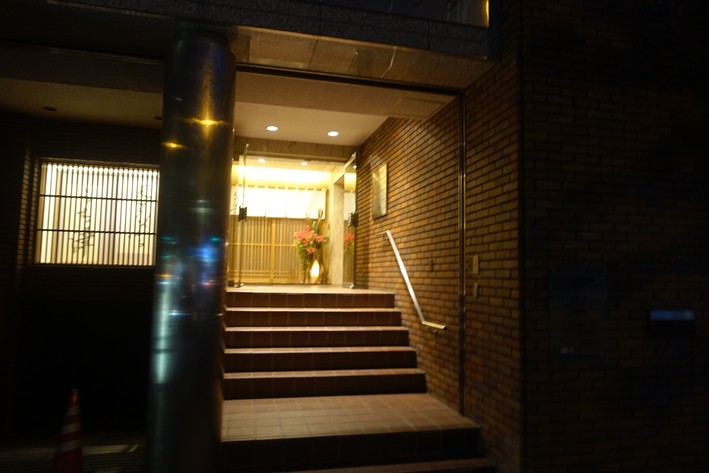

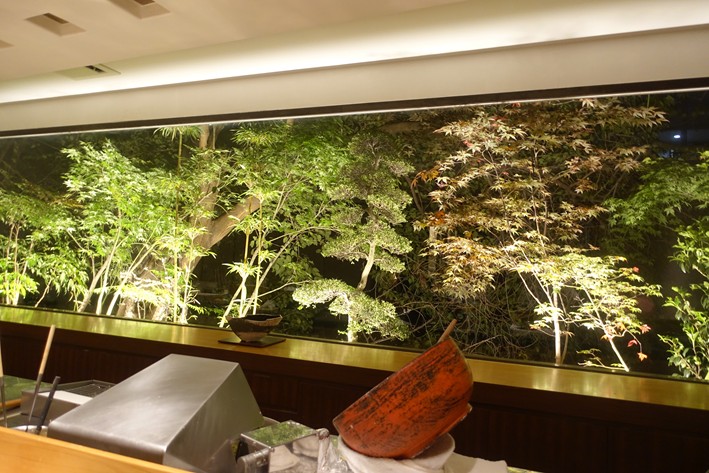
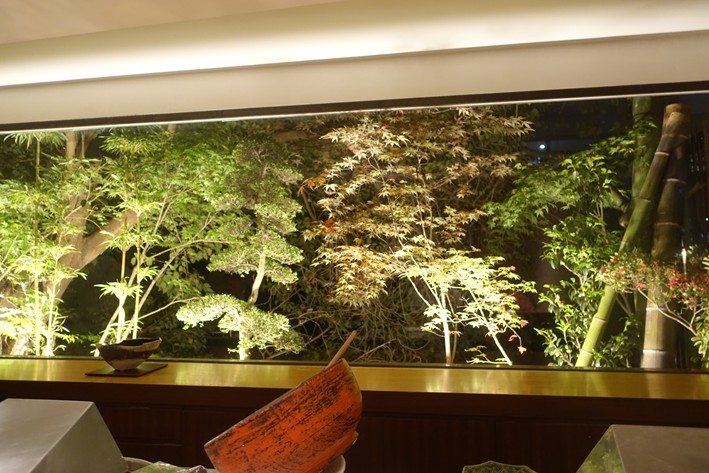
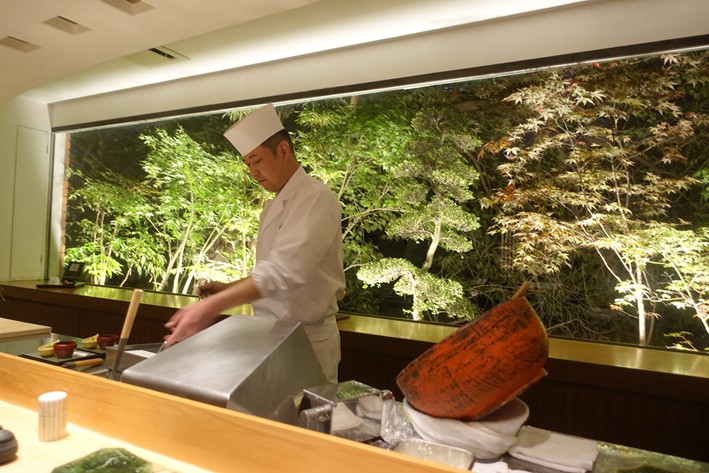
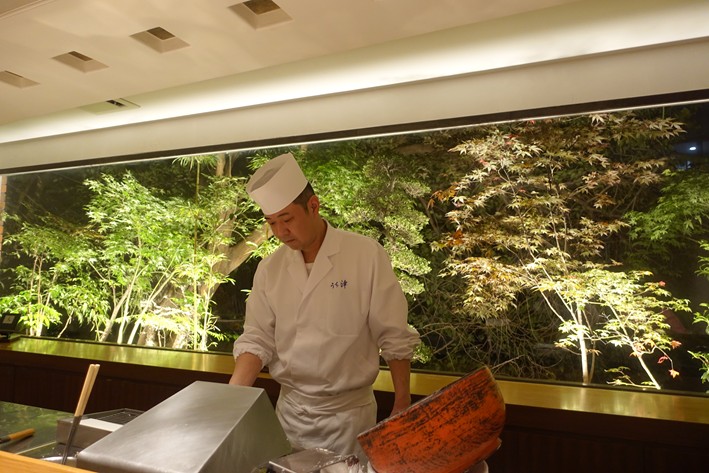

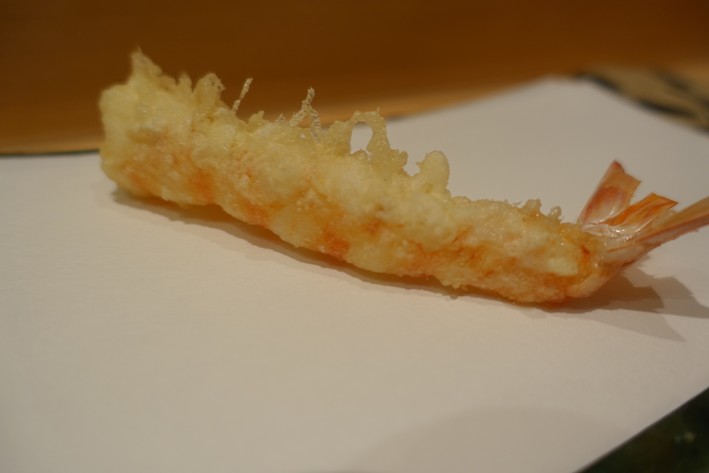

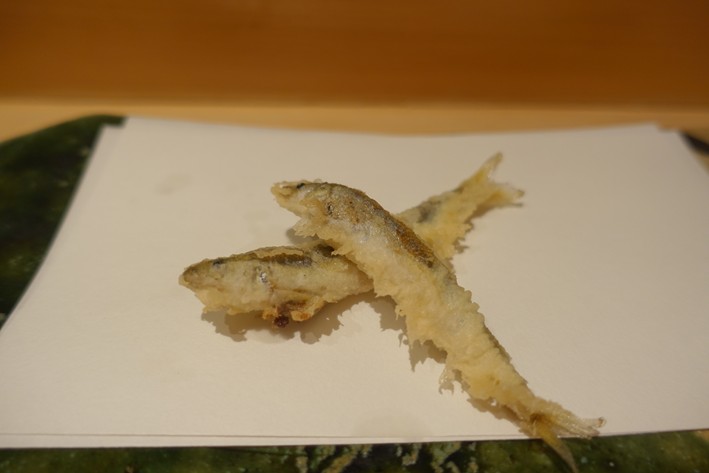

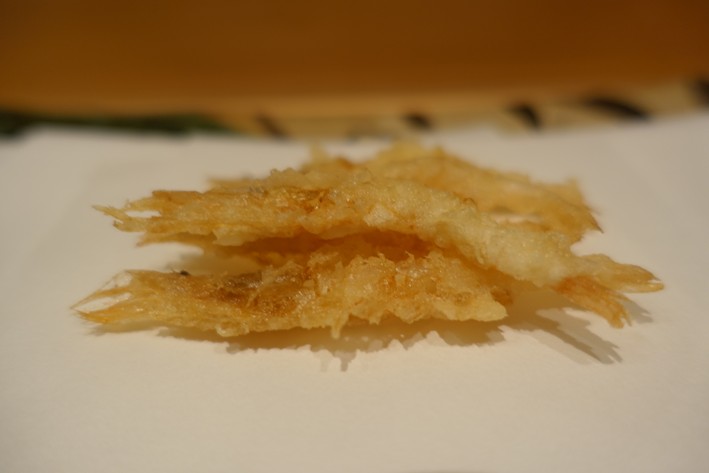
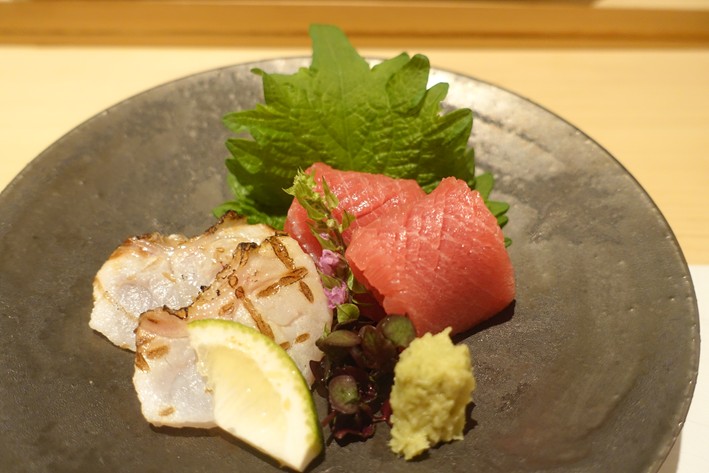
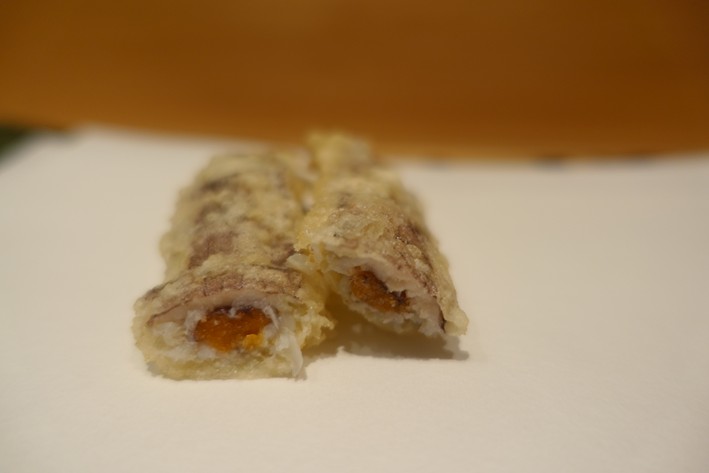

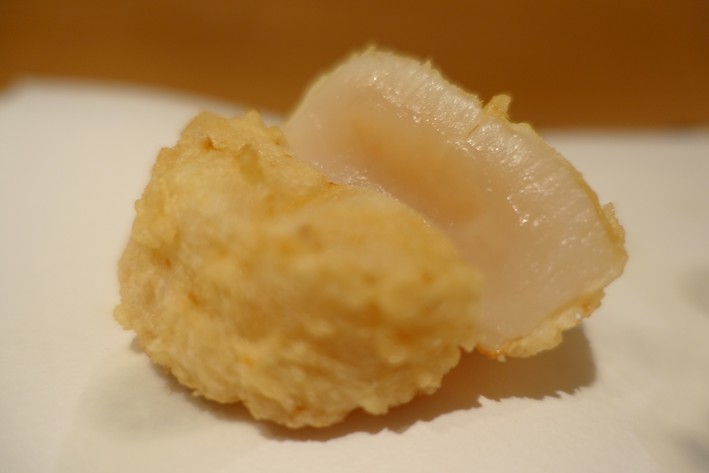
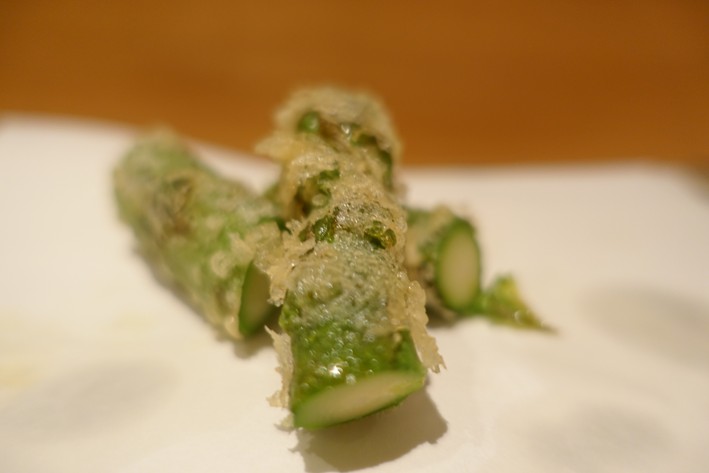
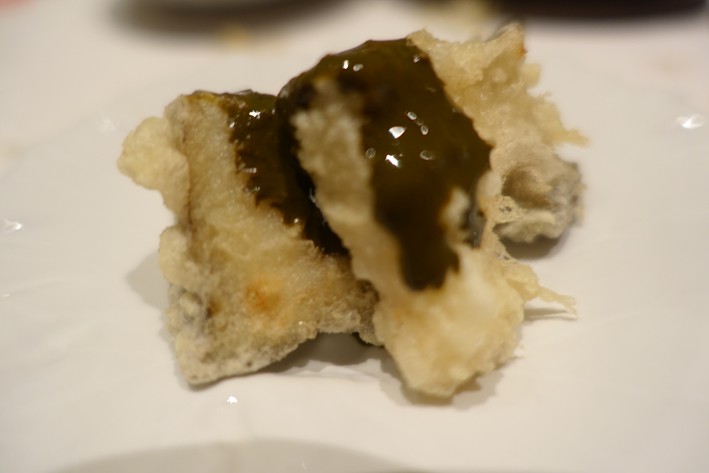
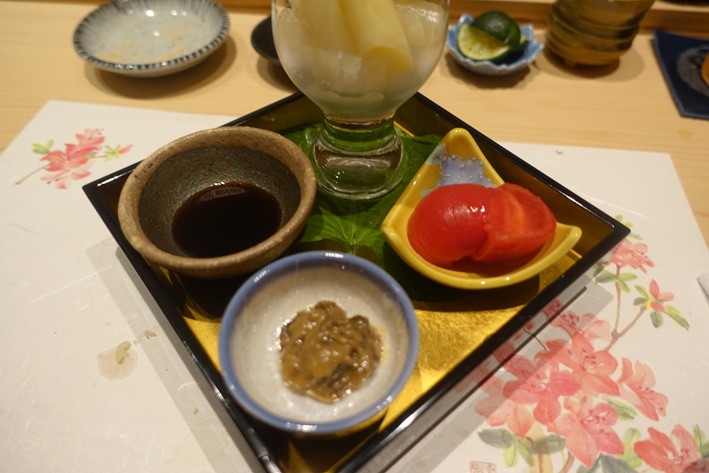
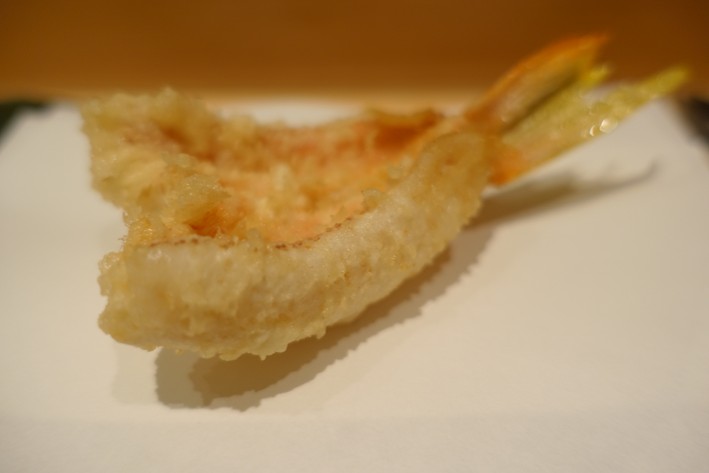
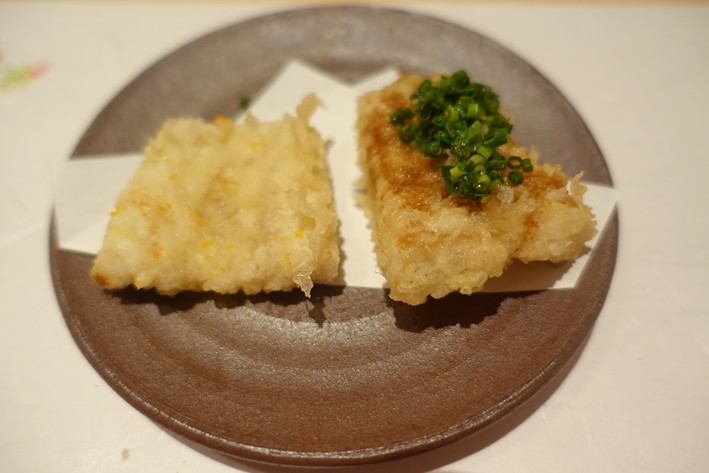
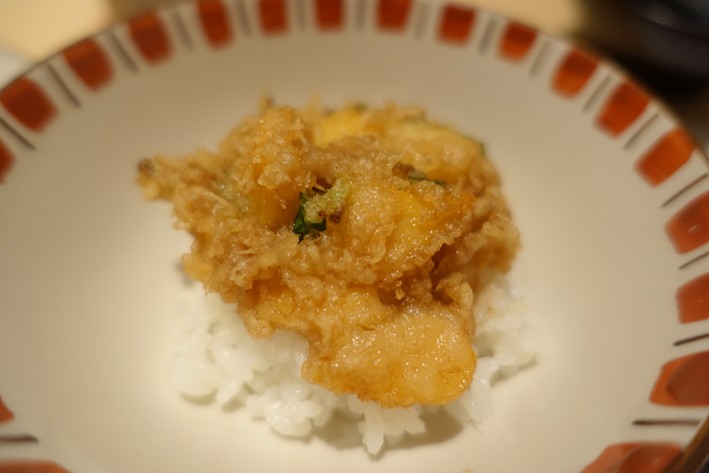
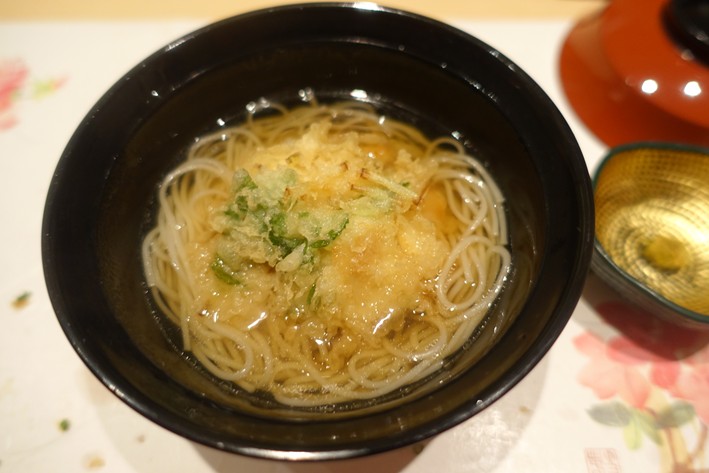
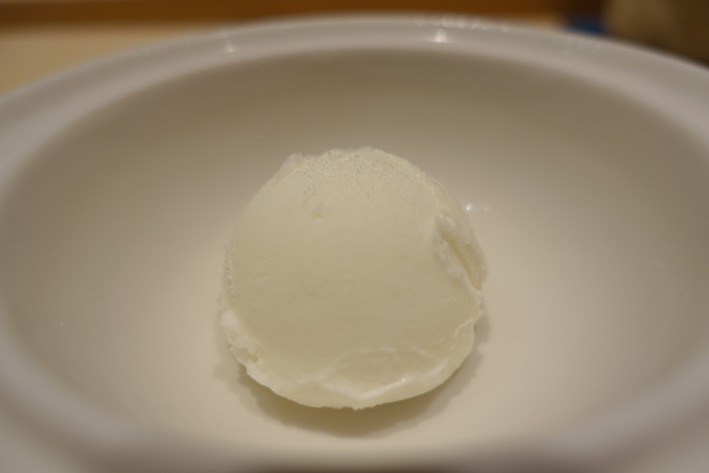
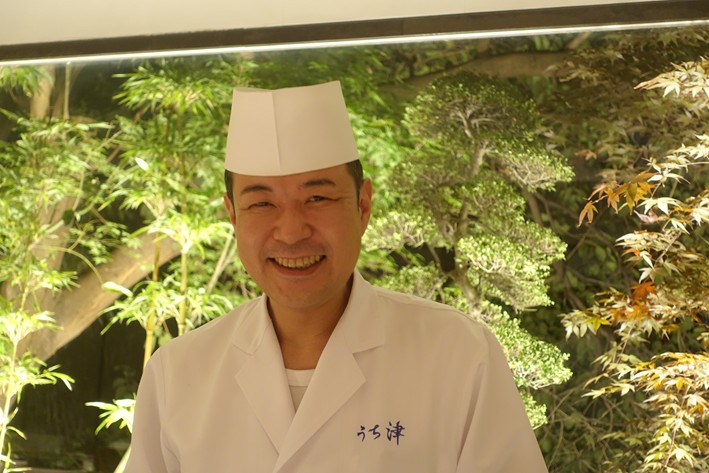

Piotr
Chef was very friendly and the counter look amazing. When asked, I explained him it was Andy Hayler who convinced me to try Uchitsu with 19 points given. He didn't know about Andy Hayler but actually it looks sometimes that Japanese restaurants don't even know they have Michelin stars :) Now I now what you meant about scoring. It seems to be really difficult to treat western and japanese food with the same scale. There are bit different point of interest. I also had asparagus which was incredible, probably the best I've eaten. The best miso on this trip and few other remarkable dishes. But how to rate the experience if the whole dinner is that simple. I understand that product in Uchitsu is incredible but going this direction don't you think that for example some poor tiny cucina povera restaurants of Italy should earn some stars as well?